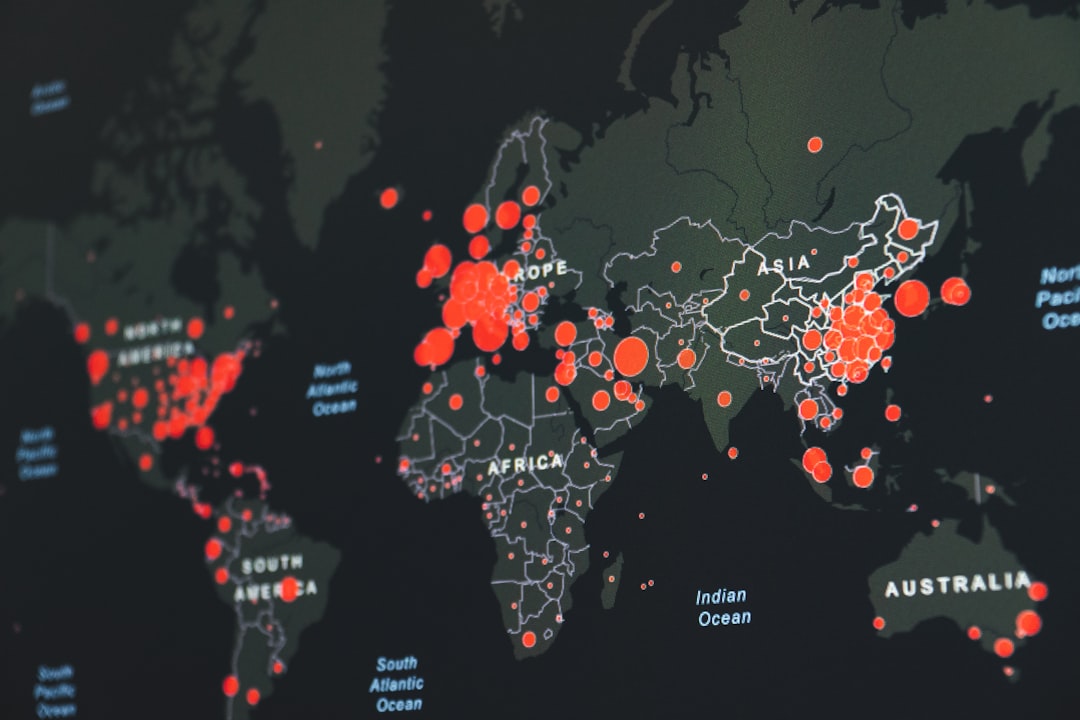What is it about?
Key Messages • Methods to subdivide a highway network and attribute traffic volume data to those subdivisions (sequences) are not well‐documented. • This paper describes the development and application of a transferrable methodology to sequence and attributes traffic volume to a linear‐referenced highway network. • Application of the methodology improves practitioners' ability to accurately represent spatial fluctuations in traffic volume at a network scale.
Featured Image

Photo by Alex Kalinin on Unsplash
Why is it important?
Developing and disseminating system‐wide traffic volume data are critical objectives of traffic monitoring programs. Jurisdictions commonly use maps to disseminate traffic volume data and visualize spatial traffic patterns throughout a highway network. A linear referencing system is essential in this process, yet limited research is available on the methods of sequencing (segmenting) a highway network and attributing traffic volume data to those sequences. This paper aims to fill this knowledge gap by describing the development and application of a generic three‐phase methodology.
Perspectives
I had a great pleasure writing this paper as a co-author and collaborating with fellow transport researchers and practitioners whom I admired. The Development and attribution of a linear referencing system provided the foundation for mapping spatial fluctuations in traffic volume at the network level. More generally, it revealed the importance of periodically evaluating the data visualization and dissemination impacts that arise when changes are made to the sampling procedure within a traffic monitoring program and when physical modifications occur on the highway network.
Puteri Paramita
Read the Original
This page is a summary of: Development and attribution of a linear referencing system for managing and disseminating traffic volume data on rural highway networks, Canadian Geographies / Géographies canadiennes, July 2021, Wiley,
DOI: 10.1111/cag.12707.
You can read the full text:
Contributors
The following have contributed to this page










